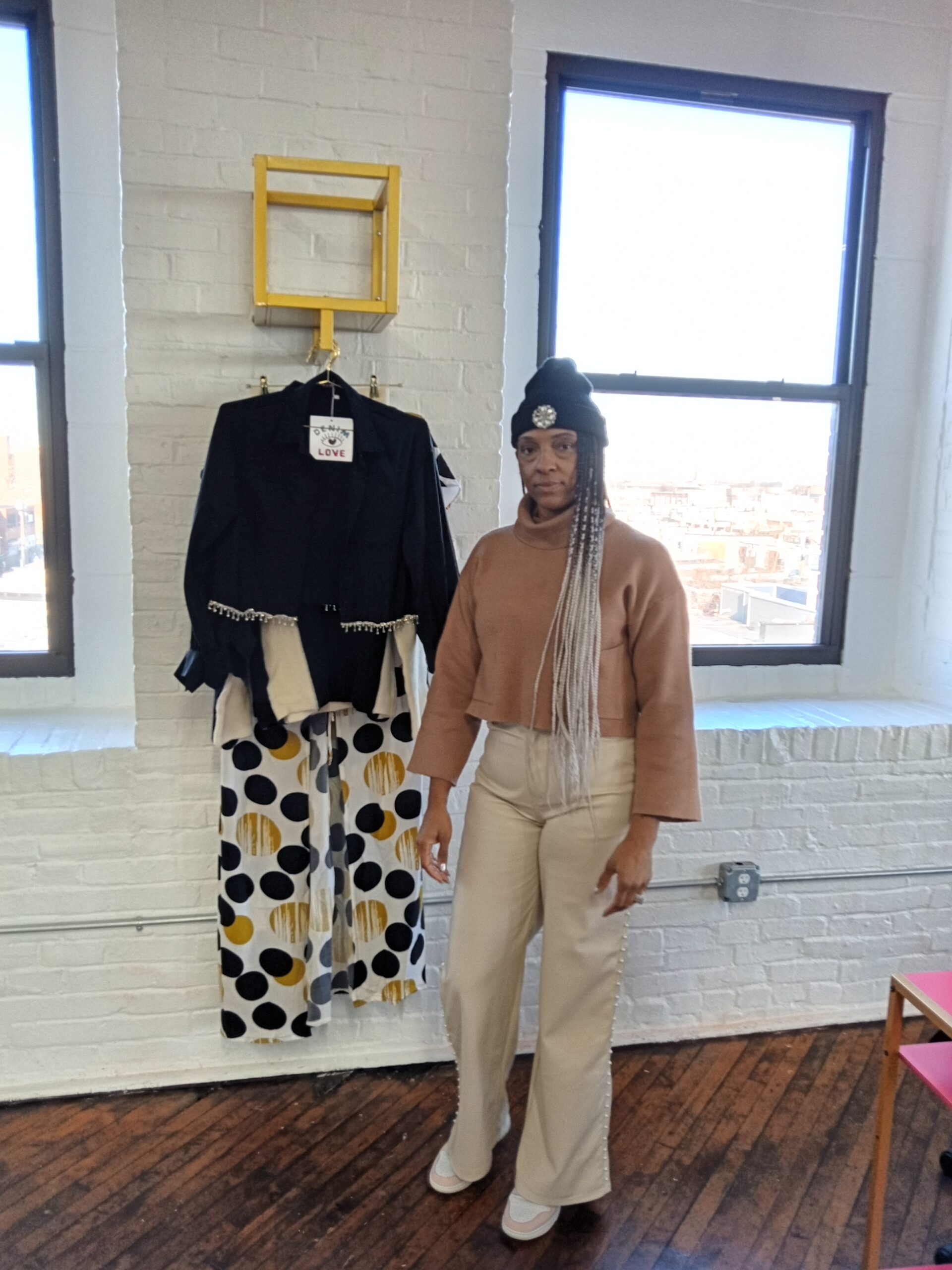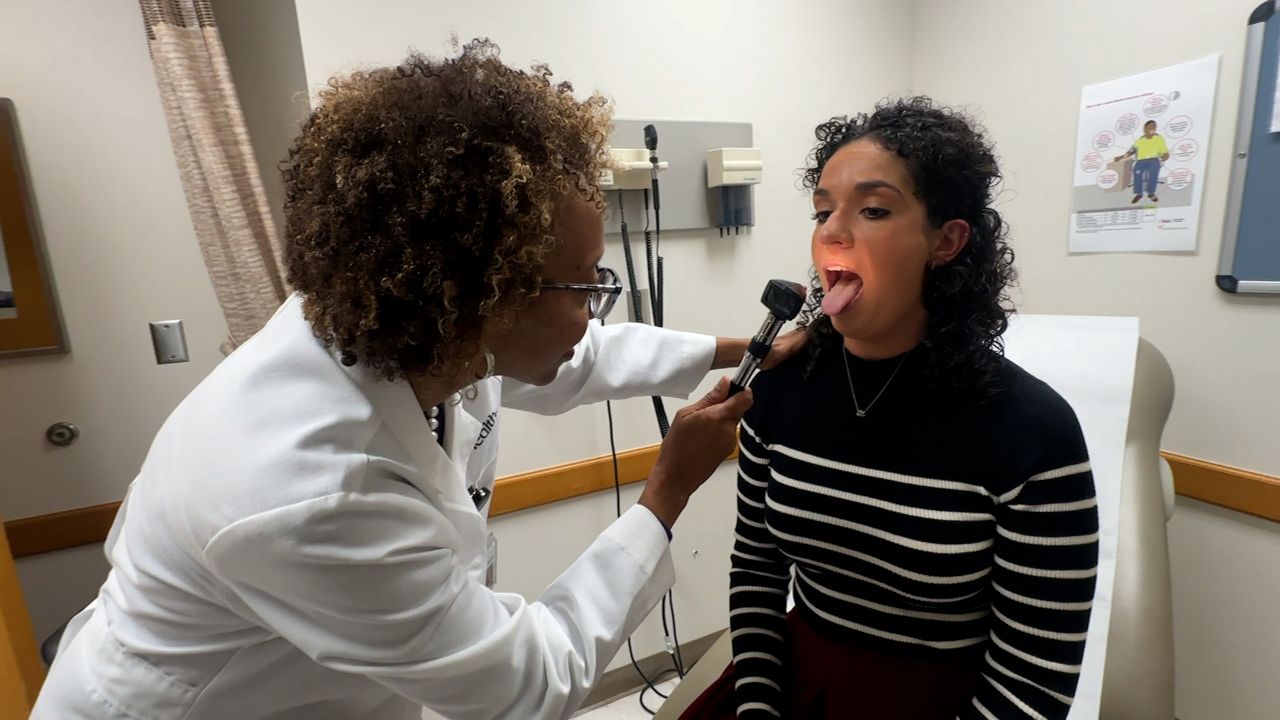Bussiness
San Diego sailors launch invention, business from downtown library

Former Navy officers Matt Semple and Andy Camp were tired of waking one another up at odd hours during a deployment on the guided-missile destroyer USS Jason Dunham.
The pair shared a stateroom but kept different watch schedules. They said getting ready for watch was almost impossible to do quietly.
“I remember I’d be asleep and I’d wake up to Andy literally banging on the sink to try to get his razor clean,” Semple said.
Camp had the same complaint.
“Often I would wake up to the sound of him tapping his razor against the sink, which is not a very pleasant way to wake up,” Camp said.
So, he started thinking, and drawing.
Camp studied systems engineering at the Naval Academy. He said his long watches during deployment gave him plenty of time to draw and design. He was looking for a solution.
Most sailors are required to shave at least once a day, so growing a beard was out of the question.
“Everything about shaving’s worse on a ship — the bathroom’s tiny or the water pressure is worse or the lighting’s worse,” Camp said.
They said they just wanted a way to clean their disposable razor cartridges. By the end of that deployment, Camp said he already had a design.
What he had on paper was the “Razor Rinser” — a small, plastic hand-powered device that would pump water between the blades of disposable razors. They just needed a place to start building prototypes.
Camp and Semple each transferred to units in San Diego and got to work.
“When I landed in San Diego, the first or maybe second thing I did … was Google the closest makerspaces,” Camp said. “I was shocked to see that the predominant one (here) is at the Central Library. And also, it’s free.”
Makerspaces are collaborative work spaces that provide tools and equipment to its members. Commercial makerspaces might charge membership fees to cover costs.
Catherine Hoang is the public technology services librarian at the San Diego Public Library. She said library staff are available to help anyone learn to use the different tools in their makerspace, the IDEA lab.
“When somebody comes in with an idea, we have them sit down (and) sketch it out on paper,” she said. “(We) kind of have them talk it through. We take them around and kind of … get the ball rolling.”
Semple said things worked out perfectly for the pair.
“We ended up just getting really lucky being in San Diego where we could come into a space like this … where we could actually take that idea and start trying to create an actual product,” Semple said.
The lab has 3D printers and a laser cutter, which Semple and Camp put to work. It wasn’t long before they had a prototype and were ready to take the next steps.
Sarah Hendy-Jackson runs the library’s patent and trademark resource center. She said she helped Semple and Camp begin the process of patenting their invention — something that can be daunting for anyone.
“There’s a lot of material out there that you have to sort through,” Hendy-Jackson said. “But that’s where I come in. (And) my favorite part about this whole thing — it’s entirely free.”

The library’s IDEA lab isn’t just for inventors and entrepreneurs, Hoang said. People can work on school and art projects, design t-shirts, print images on mugs and even convert old analog media to digital.
“You can convert slides, negatives and photos, Hi8, High eight deviate, Super 8 (and) all those wedding videos,” she said. “We have a lot of people coming in here (to do that) and that’s a free service.”
Semple and Camp both left the Navy in May and moved to the East Coast. But they’re looking for a manufacturer and a way to bring their invention to market.
Their Kickstarter campaign launched April 30 with the goal of raising $10,000. When it closed May 30, more than 1,300 backers had contributed almost $70,000.
Hendy-Jackson hopes Semple and Camp’s story helps inspire other San Diego inventors.
“To be able to say Matt and Andy did it, this is how they did it, these are the steps they did and you can to it too — and you can do it here for free — that really just incredible,” she said.







